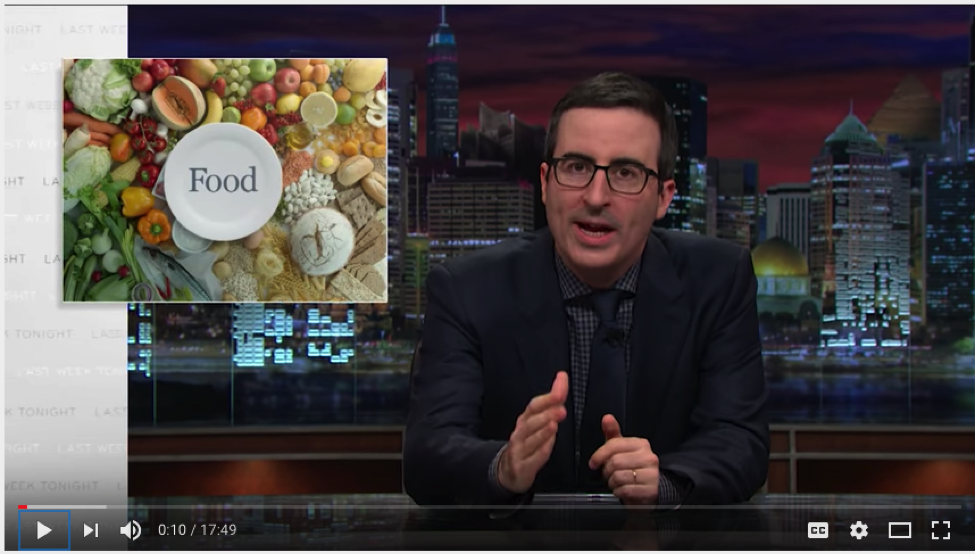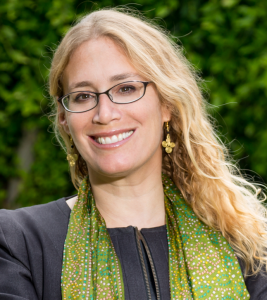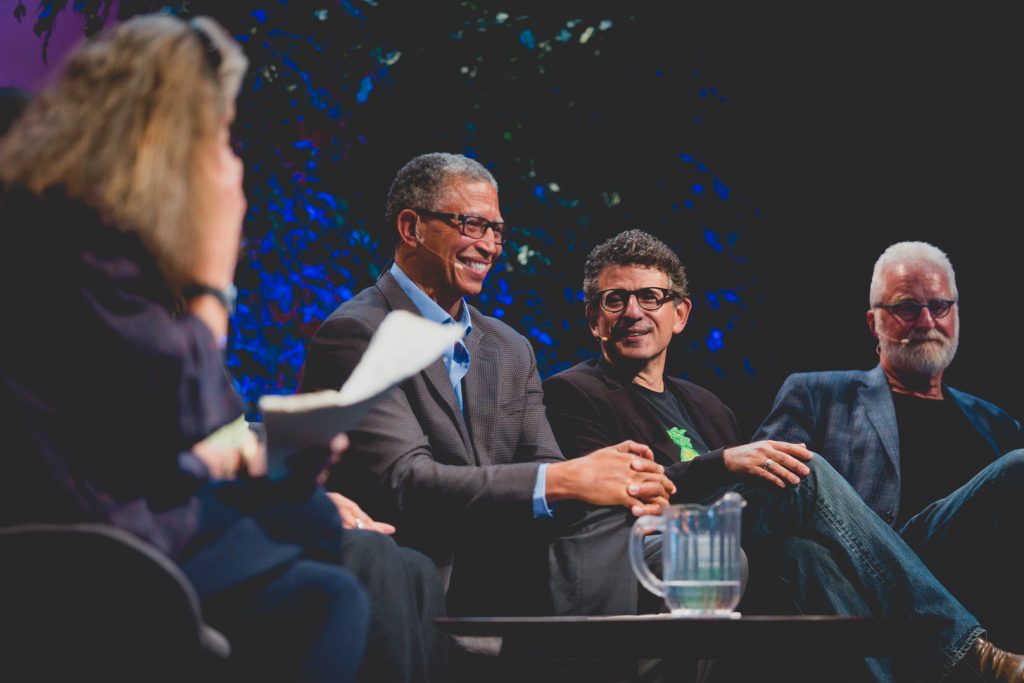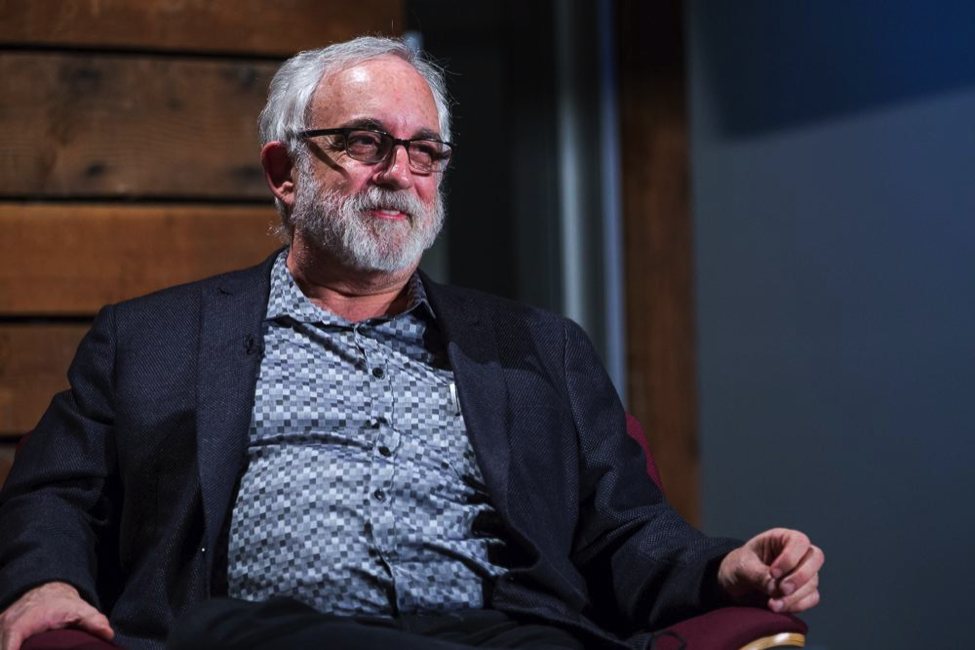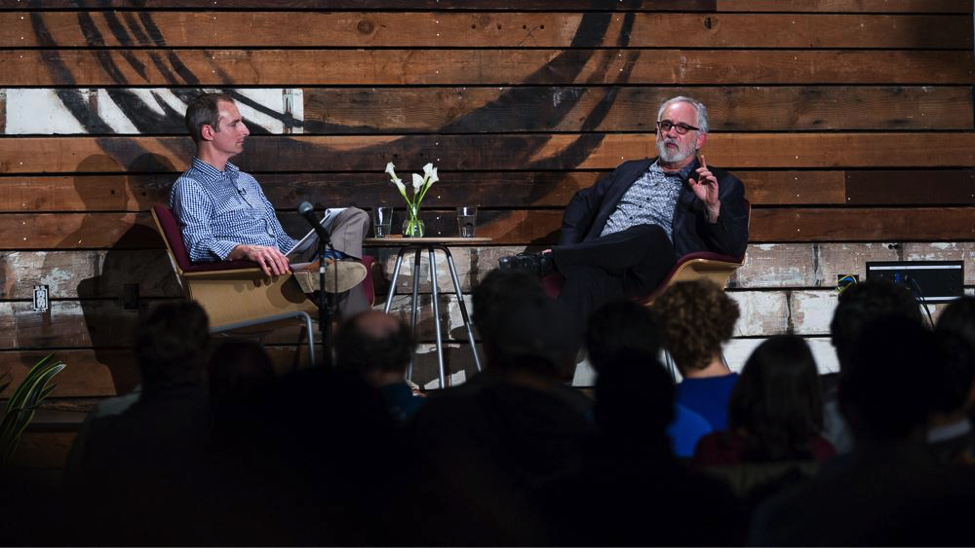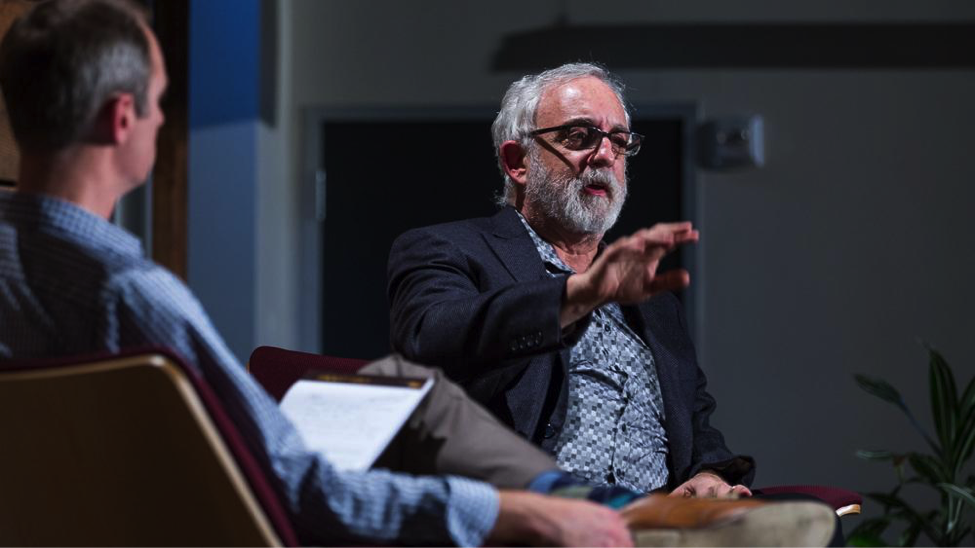A SOCAP Guest Post By Maura Dilley
Over 200 million dollars are lost to food waste every year. Spoiled, unwanted, imperfect food that businesses pay to grow, package, transport, refrigerate and throw-away uneaten.
American agriculturalists are shifting paradigms from paying to manage waste to saving money eliminating waste such as developing “co-products” and circular products from material that was once fodder landfill.
If over 200 million dollars are lost to food waste, how much money might there be to gain from plugging the leak? Investors are beginning to look into new products lines, technology, supply chain transparency and data analysis to help unlock a brave new food market.
“Investors need to think about where and how capital can unlock more capital” says Sarah Vared of MissionPoint Partners. This means making strategic, and sometime out-of-industry, moves to clear the path and gain access to big wins for returns and circular food systems.
Wasted food is wasted money. Wasting food also has a devastating impact on communities and the environment. Growers and pickers are exposed to chemical fertilizers and pesticides that also pollutes water for food that isn’t eaten. Uneaten food is transported across the country and world, emitting greenhouse gases along the way. The social and environmental returns of ending food waste are just now being calculated but seem significant.
Herein lies a challenge for investing in an optimal food system. Someone puts the money in and society gets the value back, where can business put money in and get money back? Vared says, “Incentives and credits from government can help out a lot here. There’s also a huge need for a full spectrum approach meaning philanthropic and business capital to come in together and unlock the market.”
Transparency through Technology and Data
Food waste defies common sense: how can America waste so much and still suffer from food insecurity? What do you mean apples cores won’t compost in landfills? Food waste is such a humdinger that John Oliver famously covered it in an episode of Last Week Tonight.
Gaining visibility into where and why food is wasted helps to plan interventions and investments. But the food supply chain is gnarly and we can’t fix what we can’t see.
Platforms that provide transparency and communication between suppliers and buyers will empower as-needed harvesting. Data analytics to better understand market needs and make smarter in decisions will also reduce waste.
Technology that allows for supply chain transparency from procurement to disposal, even in the same company, will also greatly reduce waste. Think: no more unnecessary processing and packaging; no more over-ordering for fear of under-ordering.
The Closed Loop Fund is a corporate 100 million dollar social impact fund powered by companies such as Wal-Mart and dedicated to increasing recycling in products and packaging. Closed Loop thinks about where capital invested in waste reduction can unlock more capital. They’ve discovered that 2/3 of the cost in processing food for recycling (composting) is transporting food to and from processing plants.
Food investors are considering all the different pieces of the system and pain-points to progress, including out-of-industry investments like transportation. Targeting an investment in transportation may unlock economy of scale for food recycling and make a new valuable market.
Seeing, then Increasing Value
Other new markets for waste are co-products and circular products.
Andrew Falcon suggest going with the highest value when redirecting food waste. “Consider food waste from a grocery store, best value is feeding humans, then animals, then composting – which is green but low value, an anaerobic digester – another form of disposal or make a product, like bioplastic”
Falcon’s company Full Cycle Bioplastics captures methane off-gassing from food waste, feeds it to microbes who inturn produce PHA (polyhydroxyalkanoates), a compostable bioplastic made from renewable resources. Falcon admits, “Bioplastic from waste is somewhat of a pessimistic technology. It’d be better if we had efficient systems and policy that eliminated waste at the source then we can make products from excess waste.”
To create value from waste you need a product that is more valuable than the waste. Counting the cost of disposal, processing and transportation of food that’s wasted is a great head start on a co-products price point.
A co-product is the highest and best use of a resource that would otherwise be trashed. POM Wonderful, pomegranate juice mongers, uses leftover ingredients from juice as components for co-products like nutritional supplements and cosmetics. Products that start as co-products could rise to meet, or eclipse, the price point value of their parents. Spent grain from breweries can be baked into flour and then into a snack bar. With the proper systems in place, excess produce could become dehydrated produce and jams.
“Waste is a hot potato,” says Falcon, because currently components of waste aren’t linked together. Technology and transparency could enable nodes along the supply chain to talk, negotiate, optimize and eliminate waste.
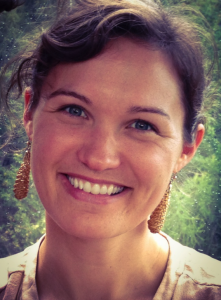 Maura Dilley is a systems-change strategist, writer and designer working at the intersection of ocean health and social enterprise. She is program director at Impact Alpha’s Financing Fish.
Maura Dilley is a systems-change strategist, writer and designer working at the intersection of ocean health and social enterprise. She is program director at Impact Alpha’s Financing Fish.

